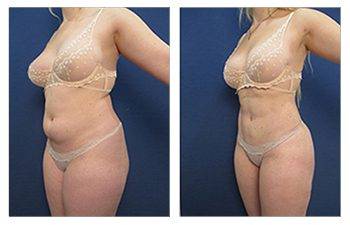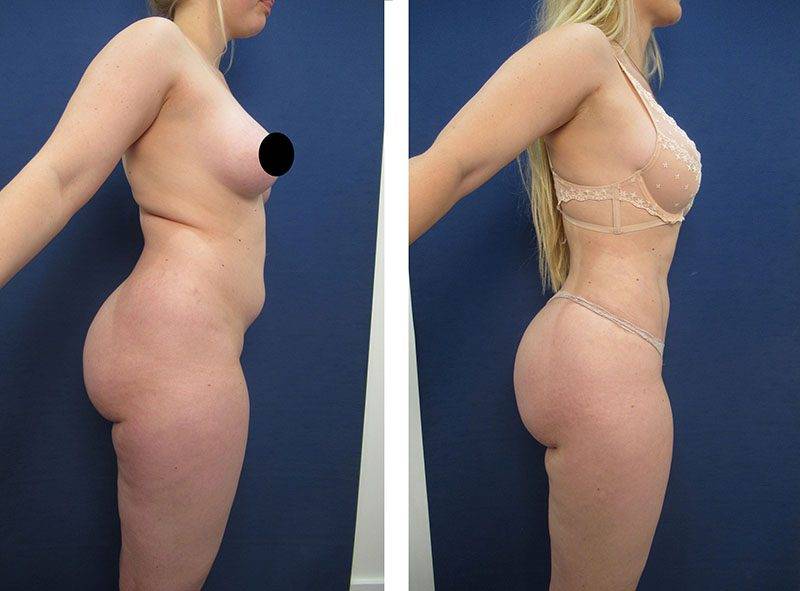

This 31-year-old female completed her transformation with safe volumes of liposuction.
What is the safe volume for liposuction? When performing liposuction, hemostatic, called tumescent solution, is infiltrated into the body before fat extraction. This solution is meant to constrict the vessels, known as arteries and veins, to minimize bleeding and reduce postoperative pain.
So What Is The Safe Volume For Liposuction?
The tumescent solution contains both lidocaine and epinephrine. Lidocaine is a numbing agent that helps reduce pain. Epinephrine is a vasoconstricting agent that contracts the vessels above, thus helping reduce blood loss into the surrounding tissues.
When the vessels come into contact, they become less vulnerable to injury from the liposuction cannulas. Liposuction cannulas are hollow bore rods that strip the fat out of the body. Although they are intended to remove the fat, they can theoretically injure other components in the tissues where the fat live. Injuries can occur to ligaments, nerves, and vessels.
Although the tumescent solution is used to protect the above structures, safety considerations must be considered. The concern for using a tumescent solution involves what doctors term fluid shift issues. Fluid shifts have to do with volume, both in the vessels and outside in the tissues, which is in an intimate balance.
Shifts in volume from the vessel out to the tissues or vice versa can have detrimental effects on the balance of body fluids and can adversely affect the heart’s function. As such, standards have been set. Each state independently sets these standards. In the state of California, the safe volume for traditional liposuction is as follows:
- Liposuction volumes of less than 2 L can be performed in an office without IV access or anesthesia precautions.
- For liposuction volumes greater than 2 L, IV is required.
- Liposuction volumes of 3 to 5 L can be performed in an in-office operating room or surgical center.
- Liposuction volumes greater than 5 L pose a greater risk to fluid volume shifts and must be performed in a hospital setting with an overnight stay.
- The maximum allowed liposuction volume in a single setting is capped at 10L.
The above recommendations are standards set for traditional liposuction
These recommendations contrast ultrasound liposuction, i.e., VASER, which is gentler for the nerves and vessels. VASER stands for vibration amplification of sound energy at resonance and utilizes acoustic streaming to melt the fat off structures such as nerves and vessels.
As a result, VASER liposuction allows for safer liposuction associated with less blood loss and less pain. Although standards have not been set regarding ultrasound-assisted liposuction, higher safe volumes for liposuction are likely feasible.
If you are concerned about safe volumes for liposuction, SurgiSculpt surgeons can help you understand what volume of tumescent will be required to complete your body contouring. Patients requiring more than the safe liposuction volume guidelines may be recommended to complete their transformation in two settings.

